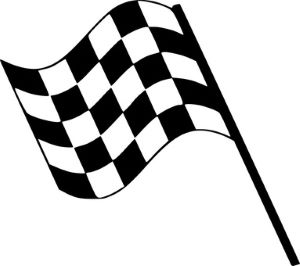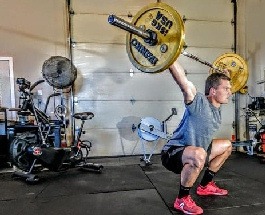The Expected Change to the Formula 1 2022 Season

The last Formula 1 race of 2021 was just a short while ago, yet the FIA is already talking about 2022. Formula 1 is undergoing massive changes for this season. Several rules regarding aerodynamics and engineering were altered to even the competition. In this article, you’ll read about those changes and how they’re likely to impact the sport.

Winds of Change
It’s not the first time Formula 1 goes through a change of rules. Yet, new rules are set to change traditional features of F1 cars. Most of them simplify highly complicated parts, like wings and suspensions.
Yet, changes in wheels and other car parts will also have a profound impact. The following season will begin only on March 20, and it promises to be like no other. Those enjoying online gambling in Indiana can also place their bets for the upcoming 2022 season.
Meanwhile, check what’s new in the paddock.
Aerodynamics
Aerodynamics is a core element of any F1 car. Millions of dollars have already been spent in research and trials to improve wings and floorplates. It means that each car had its own aerodynamic system, but new rules are set to crush those differences. Endplates and wings were simplified and almost standardized. The organization also reduces testing times with CFD structures and wind tunnels for teams that came out on top last season.
Suspension
Suspensions in Formula 1 are so intricate that squads have dedicated engineers just for this part of the car. In an F1 car, the suspension system is way more complicated than in regular cars and combines several sophisticated pieces. New rules will simplify this matter, too, as suspensions now must be more like regular cars to cut costs and complexity.
Wheels

The wheels will be bigger this season. After decades of using 13-inch wheels, the new ones will be 18-inch large. The main goal here is to reduce heat, which will durability and ultimately impact how the teams devise their strategies.
Components
All parts of an F1 car were divided into five categories: listed, standard supply, transferable, prescribed, and open-source. The first type pertains to parts that each team should develop, like non-standardized aerodynamic parts. Standard parts will be supplied by a designated provider, like fuel pumps.
Transferable parts are those that one team can transfer to another, like gearboxes. Prescribed parts must be built by the teams but following certain specifications. Open-source parts don’t have any prescription, but their technology must be made public.
More Tracks
This season will have 23 Grand Prix, two more than the previous season. There’ll be a new track in Miami, while some classics are back to the calendar, like Melbourne, Montreal, and Suzuka. The Chinese Grand Prix has been left aside for the 2022 season.
Conclusion
Most changes for this season are resounding in simpler and cheaper cars. As a result, the “money factor” might have less weight, putting squads on an equal footing. Nevertheless, it’s still too soon to predict the impact of one of the deepest transformations in the sport’s history.




